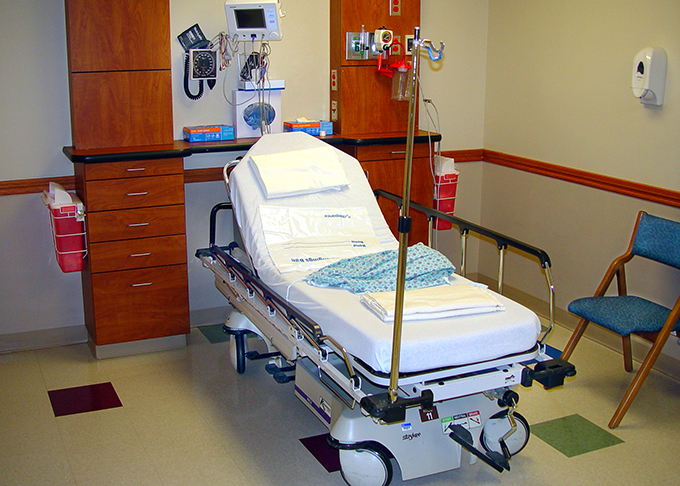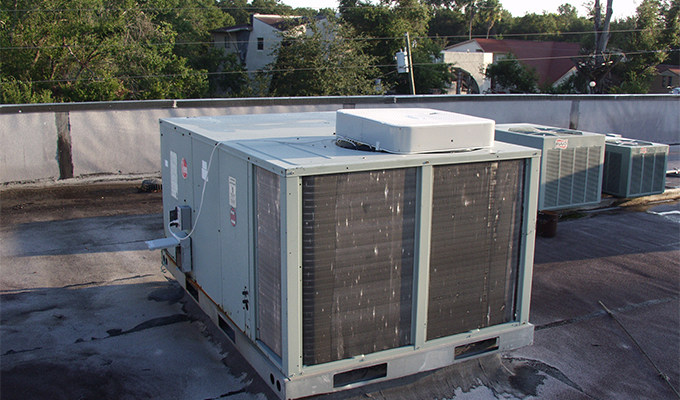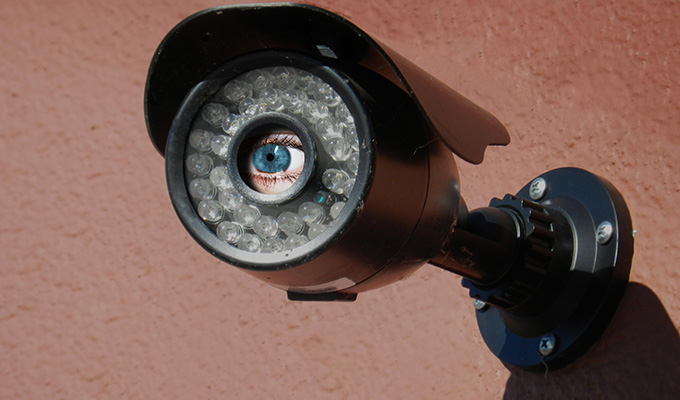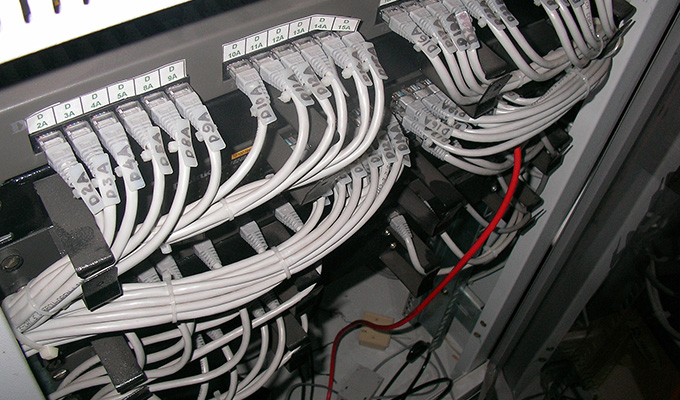
While the healthcare industry is sometimes slow to adopt new technology, healthcare’s use of building automation has kept pace with innovation. Whether an old or new building, it is very likely that elements of building automation or controlled features are already in place at your local healthcare facility.
While it is easier to install building automation features during construction, it is possible to install or integrate them into existing buildings, if you allow for an element of reconstruction or renovation.
Building automation is no longer limited to big business, and today’s building management systems contain a host of options for healthcare use, many of which are constantly evolving. In this post, we will take a look at some of the components of a smart building system, outlining the latest innovations for each.
Building Automation Systems (BAS)
The latest BAS’s offer many customized solutions for healthcare and the correct selection for your facility, allowing for future expansion, is key to success.
“Recent advances have been in the areas of specialized dashboard interfaces for monitoring critical facilities areas, integration of patient-scheduling software, and specialized interfaces for such nontraditional BAS users as patients and nurses who need to be able to quickly adjust to conditions in occupied areas,” Neal Lorenzi writes in Health Facilities Management magazine.
In the same article, Victor Saeh, existing buildings commissioning services operations manager at Smith, Seckman, Reid Inc., says: “Facilities managers now have the tools to automate the process of collecting this data, archiving it and emailing it to whomever needs it. This is more evident in hospitals where the BAS is being used to generate reports for Joint Commission compliance.”
Compliance and clinical accountability are also driving innovation as healthcare requirements evolve and cloud-based solutions are also integrated into some BASs for energy management and other critical building systems, says Mark Reinbold, vice president of energy solutions sales for Johnson Controls.
Energy Management?
Building automation enables facilities managers to schedule the adjustment of heating and lighting according to usage requirements, which is one way to simultaneously reduce costs and a facility’s carbon footprint. According to one report from Navigant Research, the market for healthcare energy management will increase to $2.2 billion in 2024, more than double 2015’s $948.8 million.
“Healthcare facilities are heavily regulated and undergo continuous maintenance, verification, inspection and recertification to ensure 24/7 operation,” Linda Hardesty writes in Energy Manager Today. “Where employed, energy management technologies have proven successful in scaling back non-critical equipment operations when patient traffic is low. The ability to modulate airflow, lighting, and administrative operations such as scheduling can generate significant cost savings annually.”

HVAC
Patient comfort is a key factor in HVAC selection, but it is sometimes difficult to regulate temperature throughout a large hospital. The use of smart sensors in building automation allows zone control, which can be made cooler for storage areas and operating rooms, and adjusted according to the outside temperature for patient areas.
J. Patrick Banse, a senior mechanical engineer and technical resource at Smith Seckman Reid Inc., writes in Health Facilities Management that building codes determine how the HVAC system is set up.
“Prior to any design, it is important to understand the space use, the procedures to be performed and the number of patients who will receive treatment at any given time,” Banse says. “This information helps to determine the HVAC design parameters for the project.”
Security & Emergency Response
Security is of critical importance to healthcare facilities, and every aspect of building automation must be secure from hackers, given the value of data contained on the premises.
As Susan D. Hall writes at FierceHealth IT, information security is a top priority for CIOs and large hospitals, citing a Peer 60 survey that polled 336 healthcare executives. Thirty percent of those executives stated that improving information security was their biggest challenge.
In addition, the safety of patients and staff must be considered, and hospitals must also prevent theft of drugs and equipment. Emergency and evacuation procedures are yet another area of concern. It is fair to say that this area cannot be neglected.
The items listed below also have common functions for day-to-day operations, but are especially important in controlling—or eliminating—security issues.
Access Control & Visitor Management
Phillip LeClair, security manager of Connecticut Children’s Medical Center, sought a solution to improve visitor management from a paper-based sign-in and color-coded badge process. He says in Security magazine that, “Getting the right pass for the right person was an extremely cumbersome process.”
The search for a better solution was accelerated by a security incident, after which the state asked the hospital to enhance the way it processed and tracked visitors.
LeClair was particularly focused on a versatile solution that allowed for prompt check-ins using a barcode scan for drivers’ licenses and other formats, but also catered to visitors without ID. Now, visitor passes are the norm, with self-check-in options and even an option to perform the same task online before arrival.

Video Surveillance
Greg Peratt writes in Security Today that internet protocol (IP) network surveillance is an essential component of healthcare facility security.
“Security staff can monitor and record video from the most sensitive areas on campus such as surgery rooms, ERs, psych wards and unmanned parking lots,” he says. “Additionally, the high-definition imagery provided by today’s IP network systems benefit organizations in a range of areas beyond protecting people and assets, including: improving operational efficiency, resolving employee disputes and preventing dishonest lawsuits.”
Intercom Systems & Mass Notification
Intercom and mass notification systems serve operational purposes and improve efficiency in communication between staff members and patients. However, from a security perspective, both serve a valuable function. A general announcement to all systems simultaneously can save lives in an emergency.
According to MNEC, the latest technologies offer not just one-way communication but two-way. This allows for improvement of both internal and external operational processes.
“A recent study shows that the need for improved security among hospitals is on the rise,” the MNEC article says. “According to the International Association for Healthcare Security and Safety (IAHSS), 98% of healthcare facilities experience violence and criminal incidences. With long hours of operation, a large number of buildings to manage and a rising vulnerability to criminal activity, these organizations face unique challenges when it comes to security.”
Digital signage, fully remote-controlled billboard-type systems as seen in Times Square are another option and growing in popularity in both higher education and hospital markets, as those share similar safety risks. These broadcast campus-wide security alerts, and when combined with security camera can allow police or security personnel to coordinate their response to armed threats or other situations.
Fire Systems
All healthcare facilities must comply with NFPA 99 of the Health Care Facilities Code, but it is in the monitoring areas that innovation occurs. The use of temperature sensors offers an early warning system when a fire occurs. Once alerted, building automation systems are used to engage sprinkler systems, send a general alert for evacuation and call 911.
As Chad Beebe and Thomas Jaeger write in Fire Protective Engineering, improvements have been made in fire safety, with “the use of addressable fire alarm systems, which provide firefighters with more information and help them pinpoint the source of a fire.
“Another advance is the increased amount of communication between fire alarms and other hospital systems. For example, when a fire alarm is activated, the system will switch the elevator system to a fire setting, enable audible exit notification systems, and manage HVAC systems for fire control.”

Structured Cabling
While wireless is a less intrusive option when adding building automation to a healthcare facility, many prefer the stability of standard cabling, i.e. CAT 5. However, fiber optic is becoming more common, and ways to hide cabling are also becoming more innovative. In addition, cabling in healthcare must comply with the TIA-1179 Healthcare Infrastructure Standard.
This standard supports clinical information systems (CIS). As Andre Mouton, of Belden Inc., writes at Health Management Technology, ”One example of CIS in action is the movement toward electronic health records (EHRs), a trend that is strongly encouraged and supported by the governments of the U.S., Canada and other countries as a means to reduce administrative time and costs, streamline information flow and improve the safety and accountability of national healthcare systems and the patients they serve.”
Other examples include diagnostic imaging, picture archiving, communication systems, order-entry systems and patient monitoring systems, he says.
As facilities managers must consider cost versus revenue in a competitive healthcare market, building automation cannot be ignored, especially when compliance with evolving construction and data standards is also necessary.
As Christine Guzzo Vickery, a vice president and senior interior healthcare designer with HGA Architects and Engineers, writes in Healthcare Design magazine, you must plan ahead for flexibility and adaptability.
She says there are only four options to consider in the planning stages:
- Consider your short-, mid-, and long-term goals.
- Understand your demographics.
- Know the types of services and the care model you want to provide.
- Standardize as many aspects of a facility as possible.
It also worth remembering that future-proofing is a necessary part of planning. Technology evolves, and your infrastructure should be capable of change as this occurs. If it is not, business continuity will be interrupted while upgrades take place.
Credits:
clickhelicopterjeff
pippalou
sri_grafix

